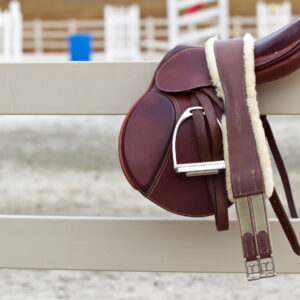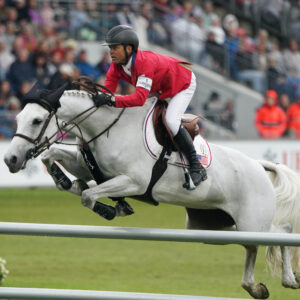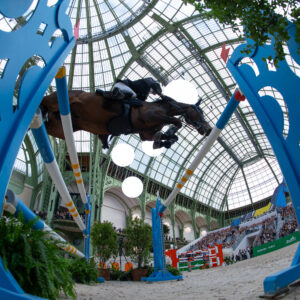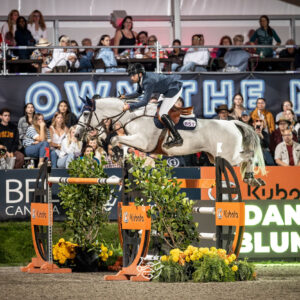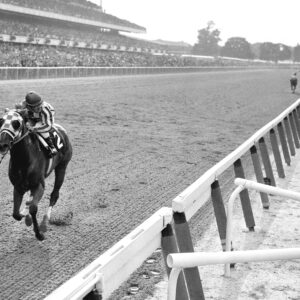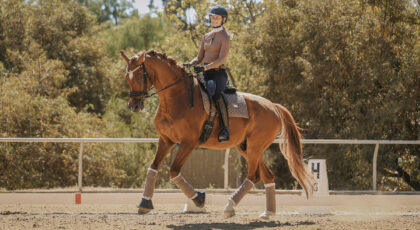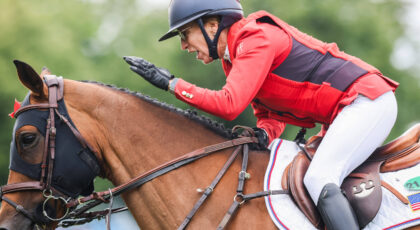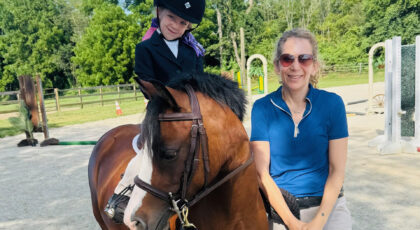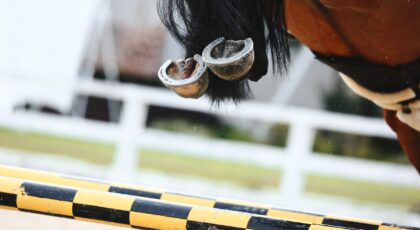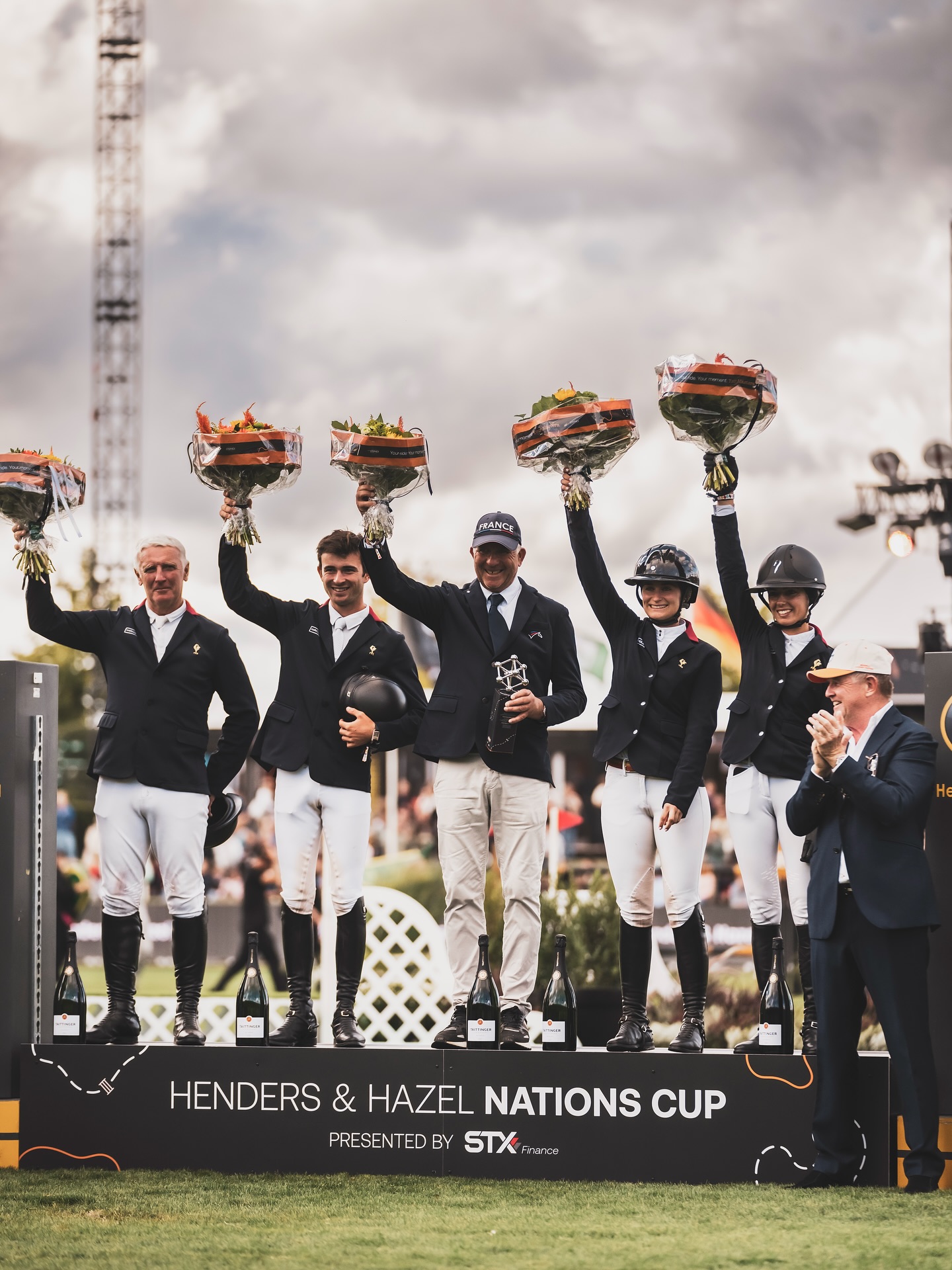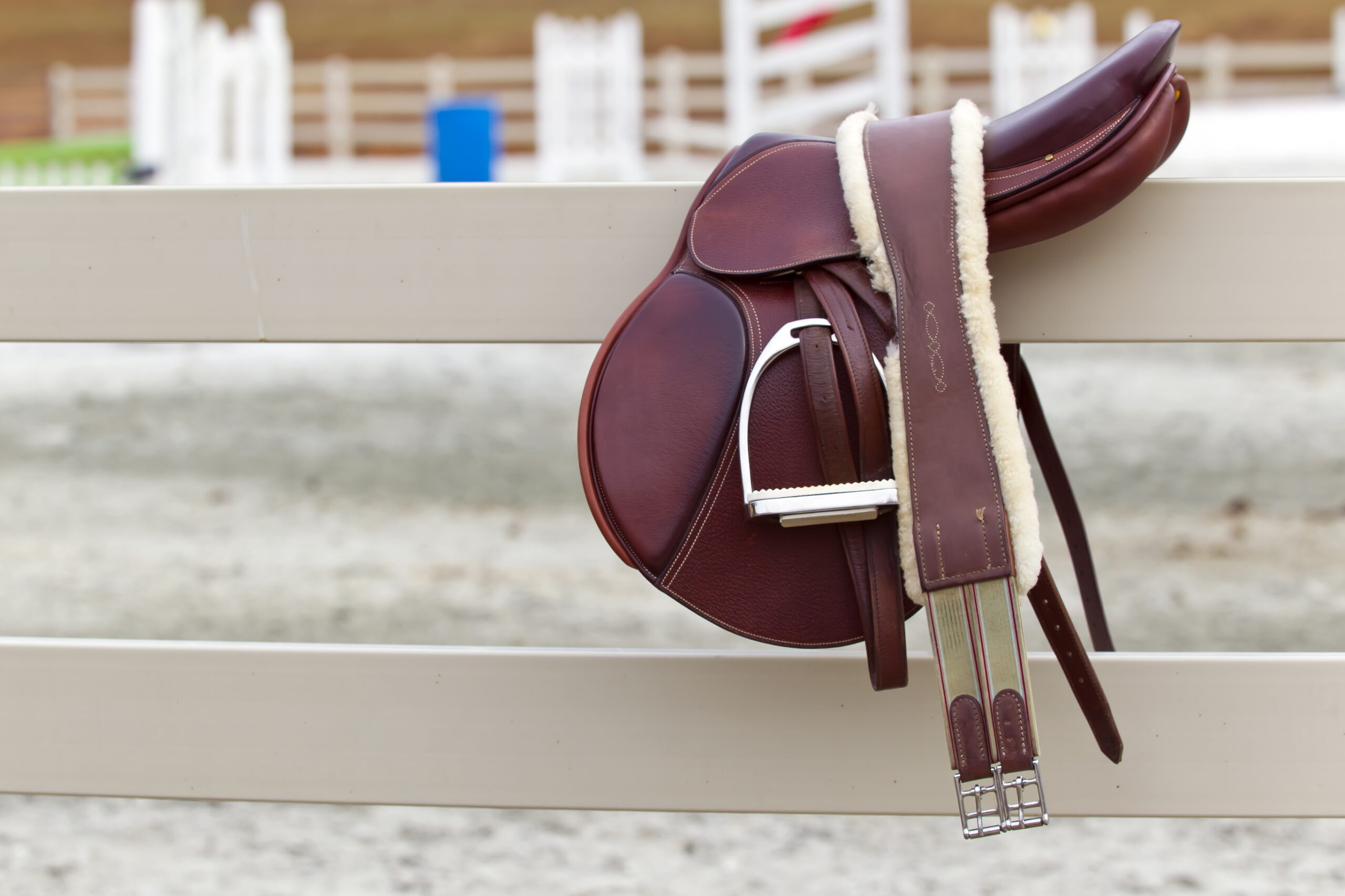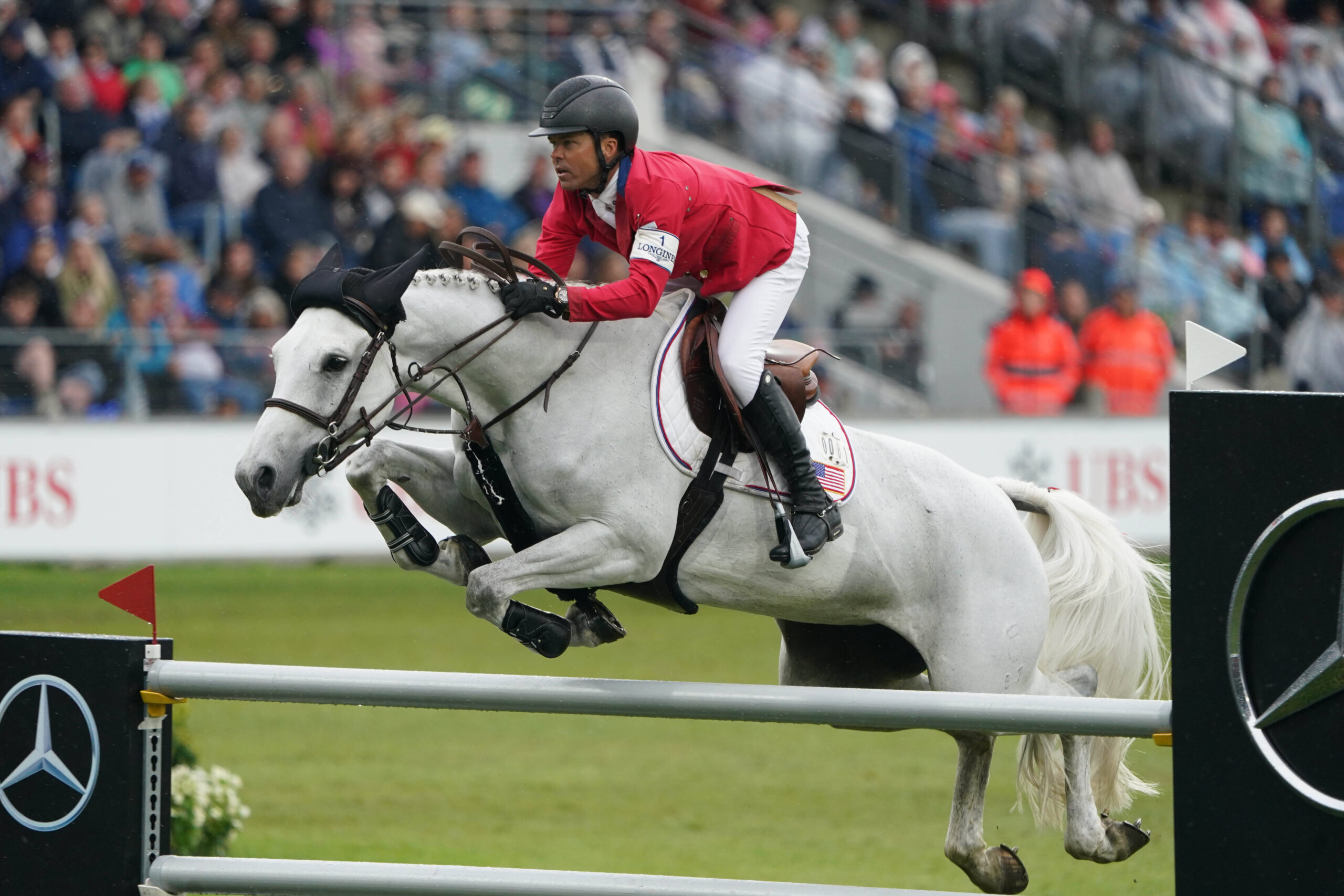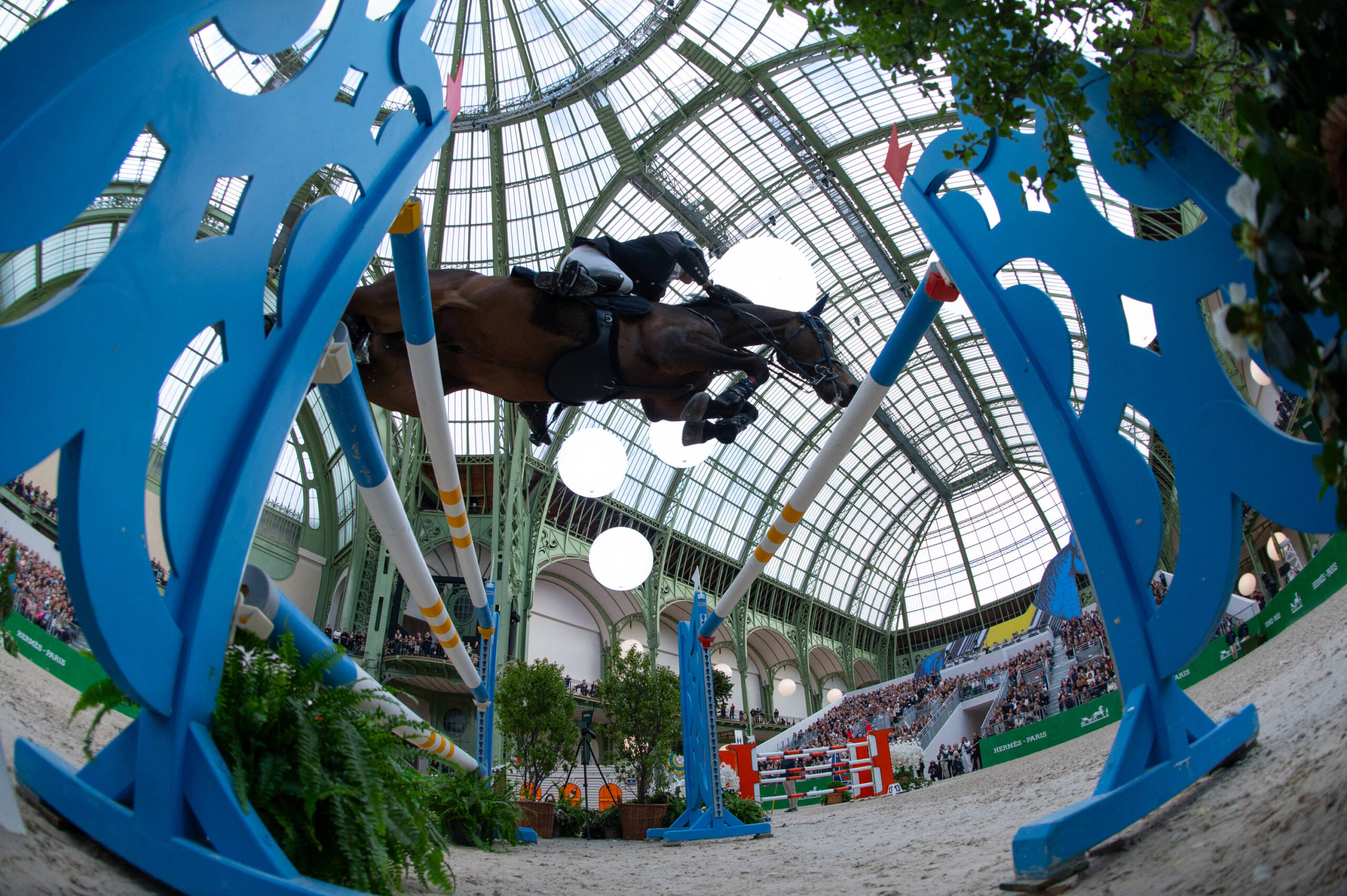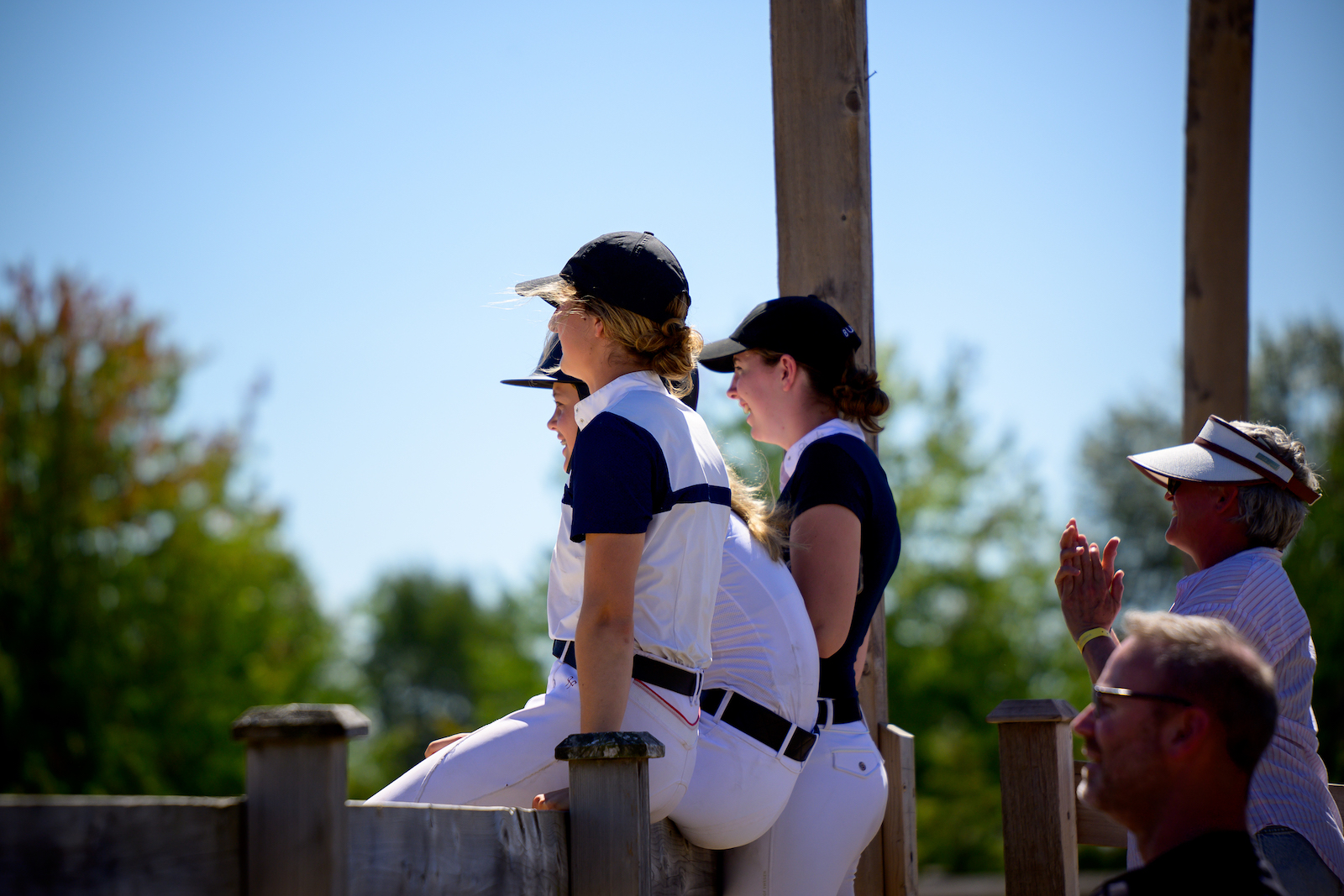#MasterclassMonday is a collaboration between Horse Network and NOELLEFLOYD.com to empower equestrians. Every Monday we’ll bring you a new lesson from a leading trainer or professional to help you troubleshoot your training, master your mindset and up your game. This month’s instructor: farrier Rich Affonso.
Everyone should understand basic hoof anatomy, especially when it comes to performance horses.
While all disciplines require equal attention when it comes to shoeing, they can, however, require different types of shoeing involving special technique and strategy. The demands on a show jumper’s feet are different than that of a dressage horse, for instance.
Let’s look at some specifics:
Dressage tests a horse’s flexibility, balance, mobility and strength. They need support that allows them to still move freely. Horses who compete in dressage often need support in the back of the shoe and freedom of movement in the front.
Jumpers, on the other hand, often do better in shoes that promote speed, grip, and a great deal of support for the takeoff and landing off the jump. That’s why jumpers need hind shoes that are positioned to help support pushing off the ground. Studs are also common and provide extra traction and support.
Trail or pleasure horses are faced with new environments and unpredictable surfaces. That’s why these horses need shoes that prioritize traction and can hold up to riding long distances, in some cases.
One key to shoeing all horses is to make sure your breakover point is in the right spot and that you have enough traction for what you will be doing. As a rider, feeling confident in your horse’s shoeing is of utmost importance since your horse can feel exactly what you are feeling.

This is an excerpt from Rich’s new Equestrian Masterclass, Understanding and Demystifying the Hoof. To access the course, as well as a full library of courses from the likes of Ian Millar, Anne Kursinski and more, go to equestrianmasterclass.com


 August 31, 2022
August 31, 2022 







